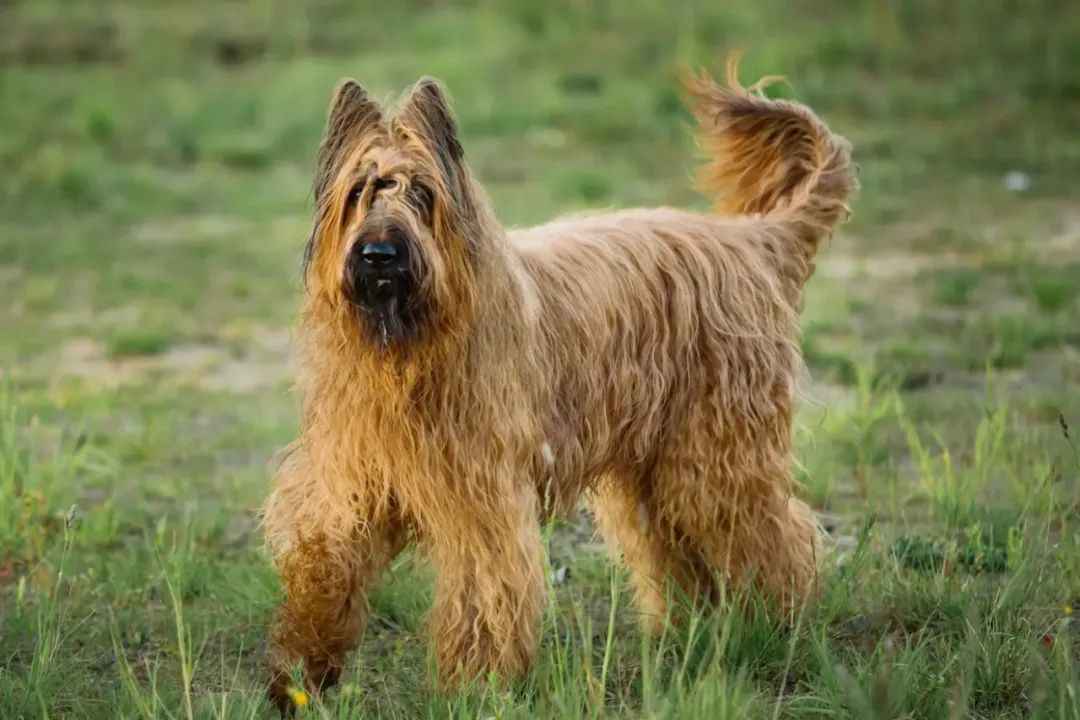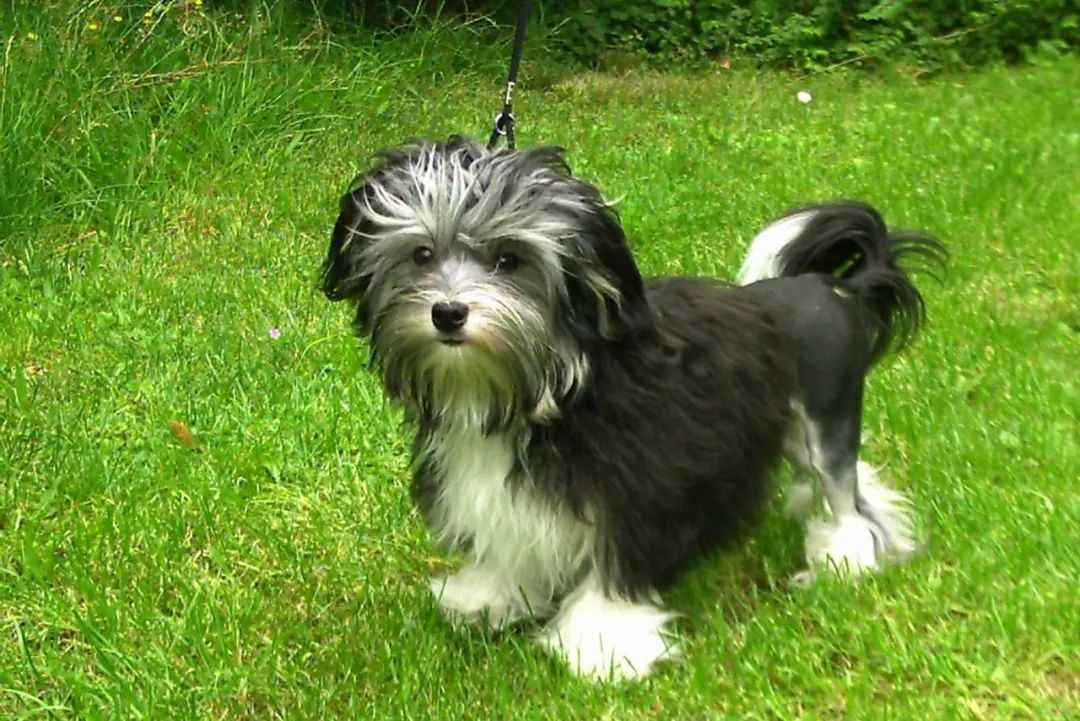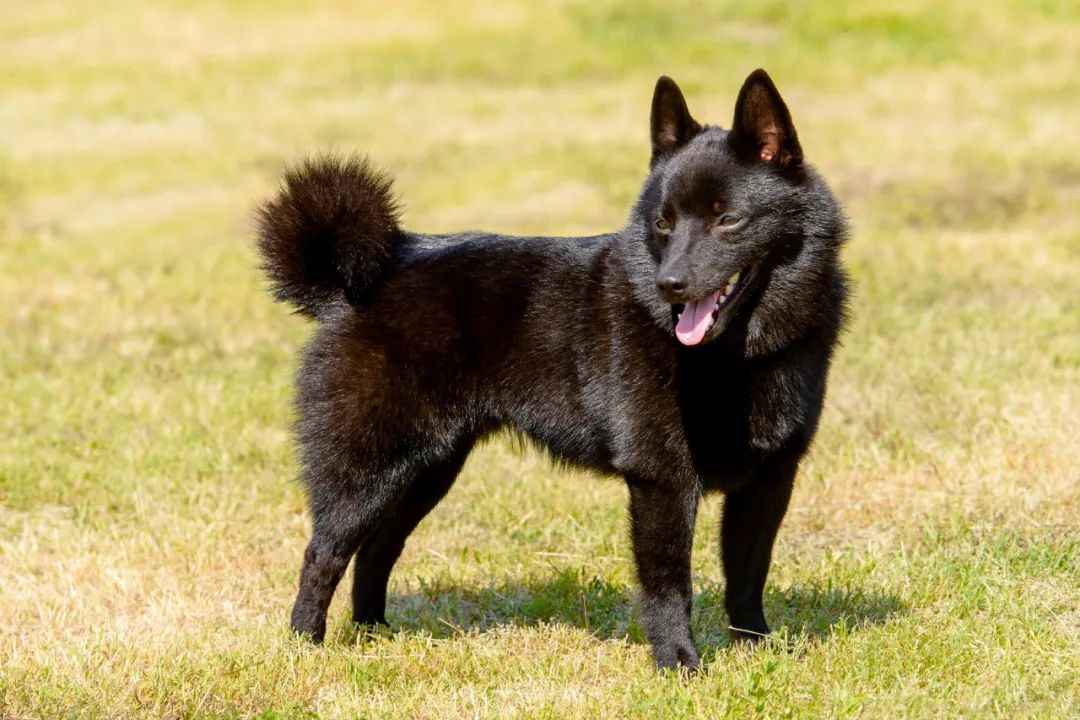The Papillon, also known as the "Butterfly Dog," is a captivating toy breed celebrated for its distinctive butterfly-like ears and charming demeanor. Originating from France and Spain, this elegant canine has a rich history intertwined with European nobility, appearing in Renaissance art and royal courts since the 16th century14. Initially developed as a companion for aristocrats, the Papillon’s name stems from its large, upright ears that resemble fluttering butterfly wings, a trait refined through selective breeding in the 19th century24.
Graceful Papillon: A Breed of Elegance and Intelligence

ource: Images from the Internet, if there is any infringement, please contact the removal of
The Papillon, also known as the "Butterfly Dog," is a captivating toy breed celebrated for its distinctive butterfly-like ears and charming demeanor. Originating from France and Spain, this elegant canine has a rich history intertwined with European nobility, appearing in Renaissance art and royal courts since the 16th century14. Initially developed as a companion for aristocrats, the Papillon’s name stems from its large, upright ears that resemble fluttering butterfly wings, a trait refined through selective breeding in the 19th century24.
Physical Characteristics
Standing at 20–28 cm tall and weighing 3–5 kg, the Papillon is a compact breed with a delicate yet athletic build. Its coat is long, silky, and often marked with white and vibrant patches of black, brown, or red, framing a fox-like face with expressive dark eyes12. The breed’s defining feature is its ears—erect and fringed with flowing hair in the "Papillon" variety, or drooping like a moth’s wings in the "Phalène" variant4.
Temperament and Intelligence
Renowned for its intelligence and agility, the Papillon ranks among the top 10 most trainable dog breeds13. These lively companions thrive on mental stimulation and excel in obedience, agility, and even therapy work. Their affectionate nature makes them devoted family pets, though they may exhibit jealousy toward other animals or strangers perceived as rivals12. Despite their small size, Papillons are surprisingly robust and enjoy daily exercise, whether through playful indoor games or brisk walks35.
Care and Health
While generally healthy, Papillons may face hereditary issues such as patellar luxation (knee dislocation), progressive retinal atrophy (vision loss), and dental problems56. Regular veterinary check-ups, dental care, and a balanced diet tailored for small breeds are essential for their well-being58. Their low-shedding coat requires weekly brushing to prevent matting, particularly around the ears and legs39.
Cultural Legacy
Throughout history, Papillons have been symbols of status and companionship. Italian painter Titian immortalized them in 16th-century portraits, while French Queen Marie Antoinette counted one among her closest confidants14. Today, they remain popular as show dogs and beloved family members, cherished for their grace, loyalty, and spirited personality.
In summary, the Papillon is a breed that seamlessly blends beauty, intelligence, and adaptability, making it a timeless choice for dog enthusiasts worldwide.






